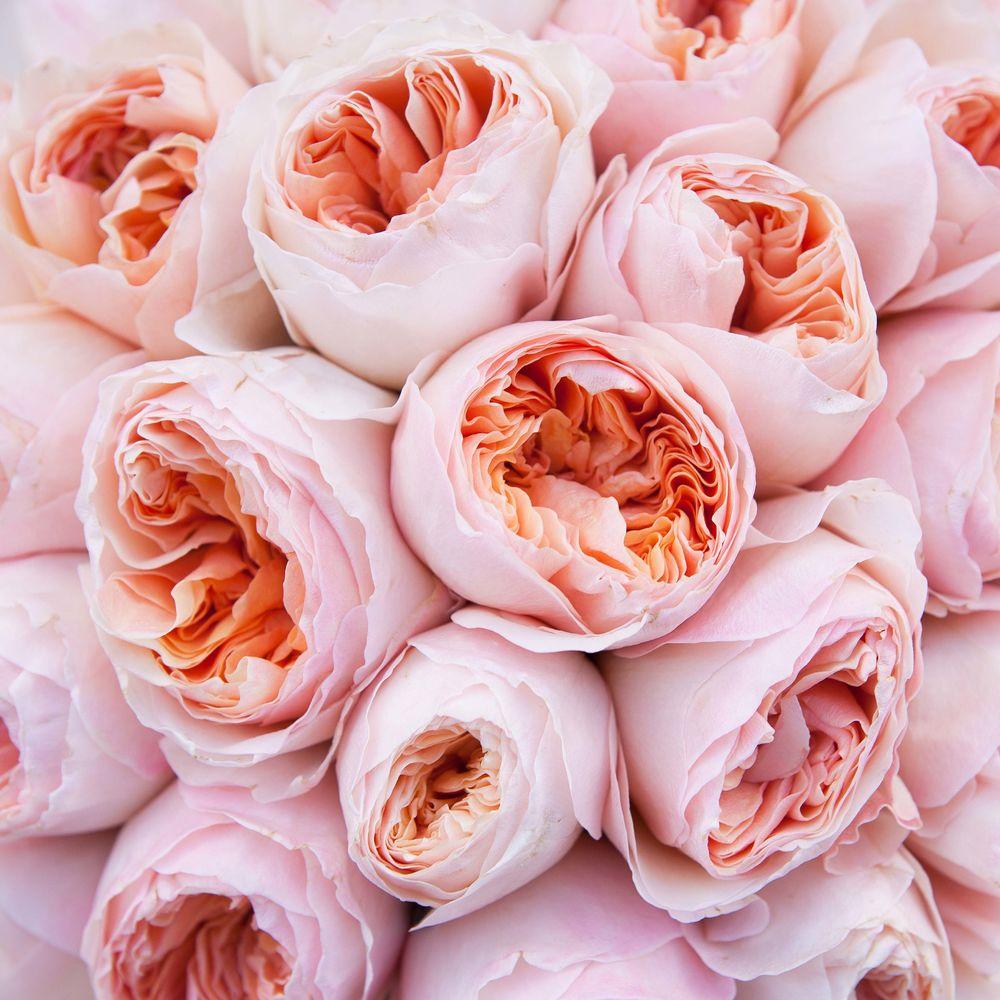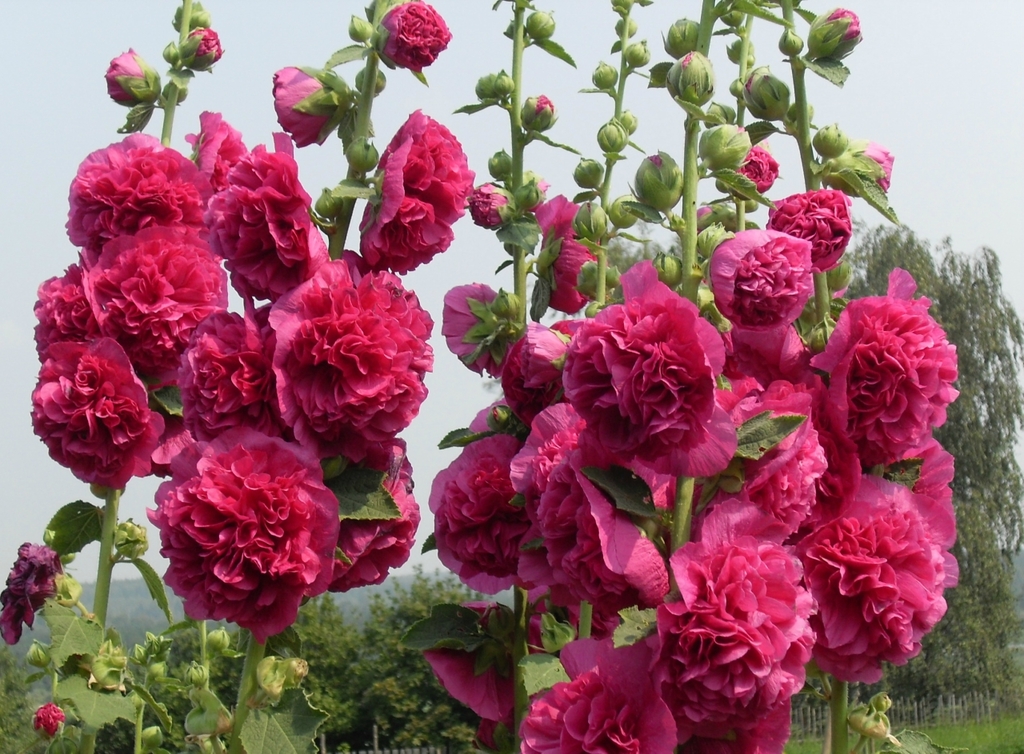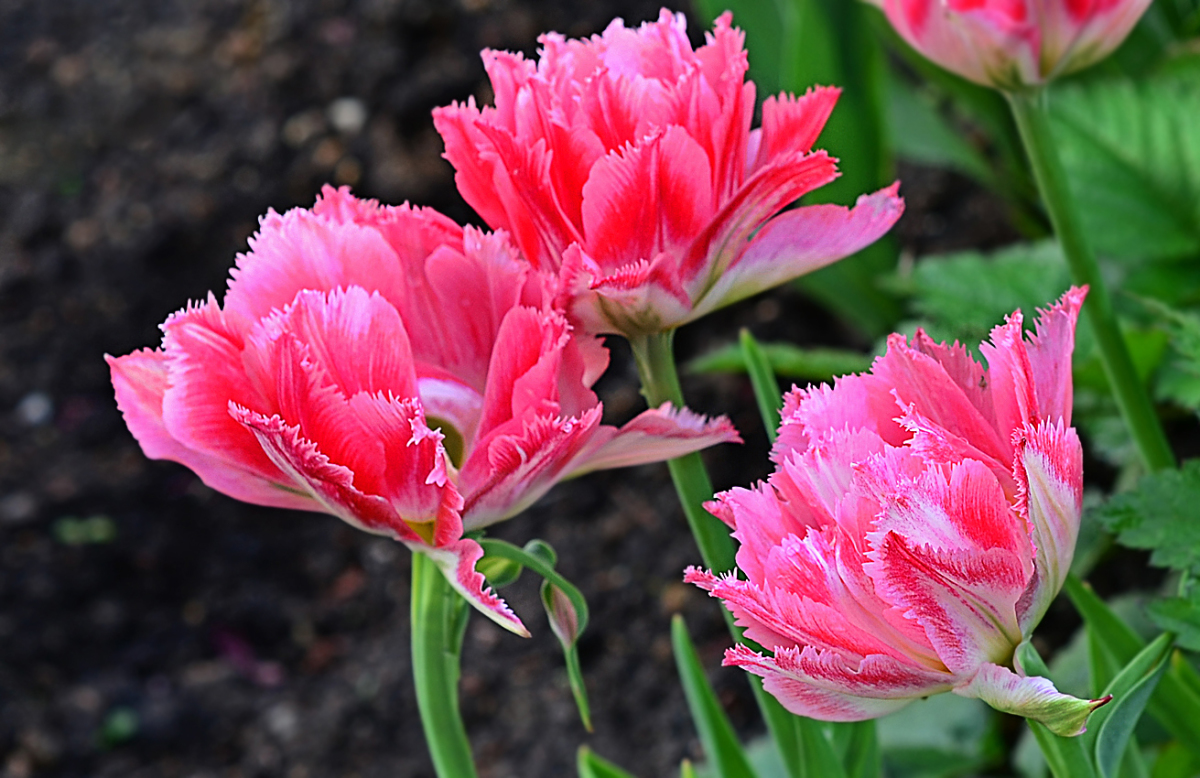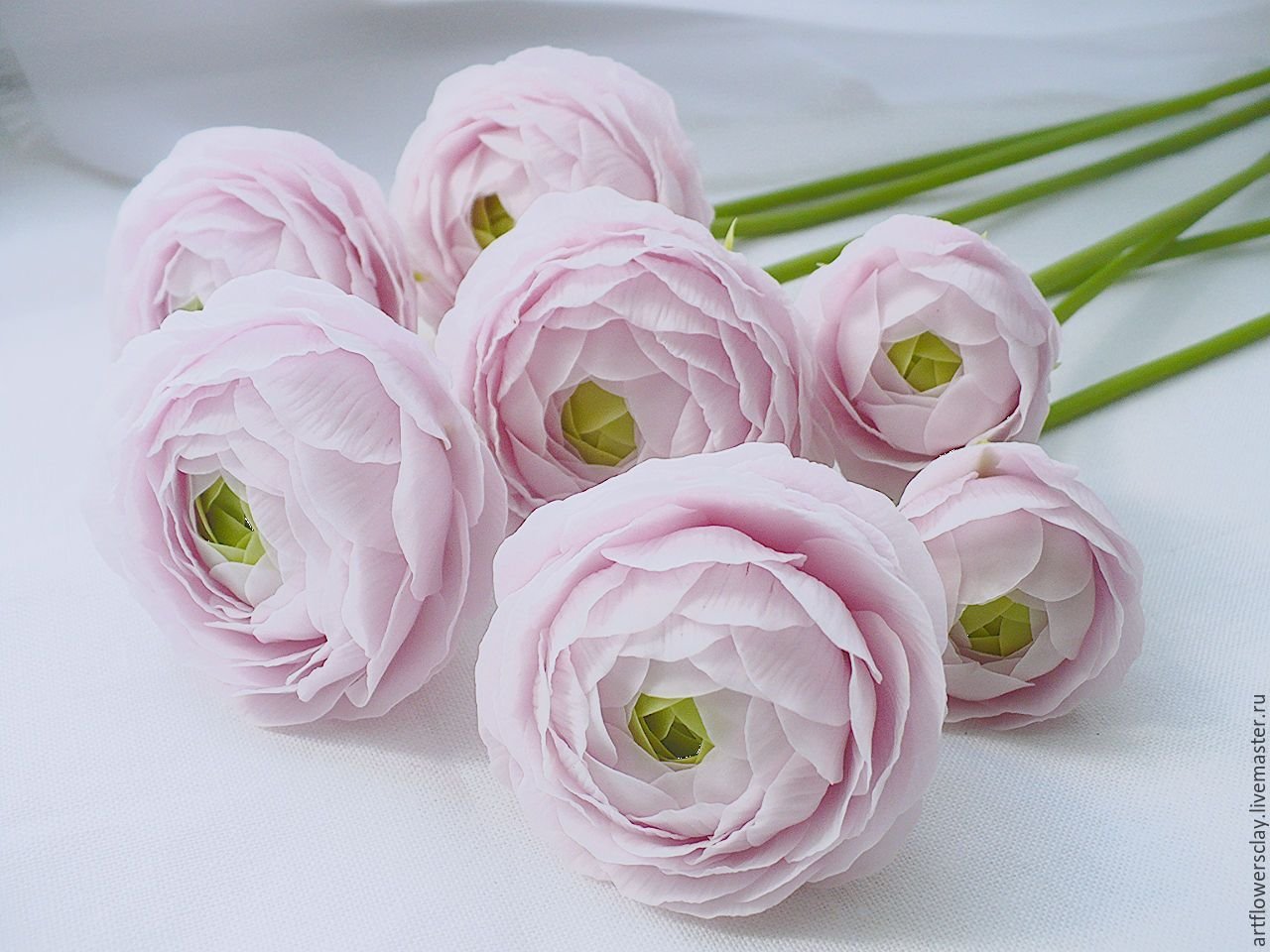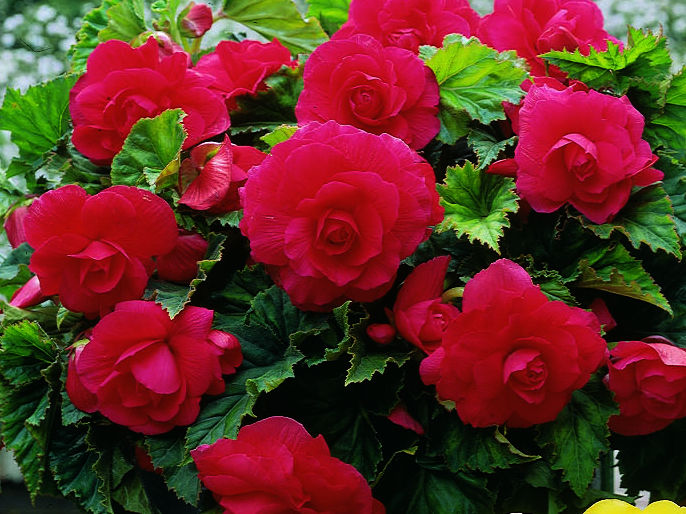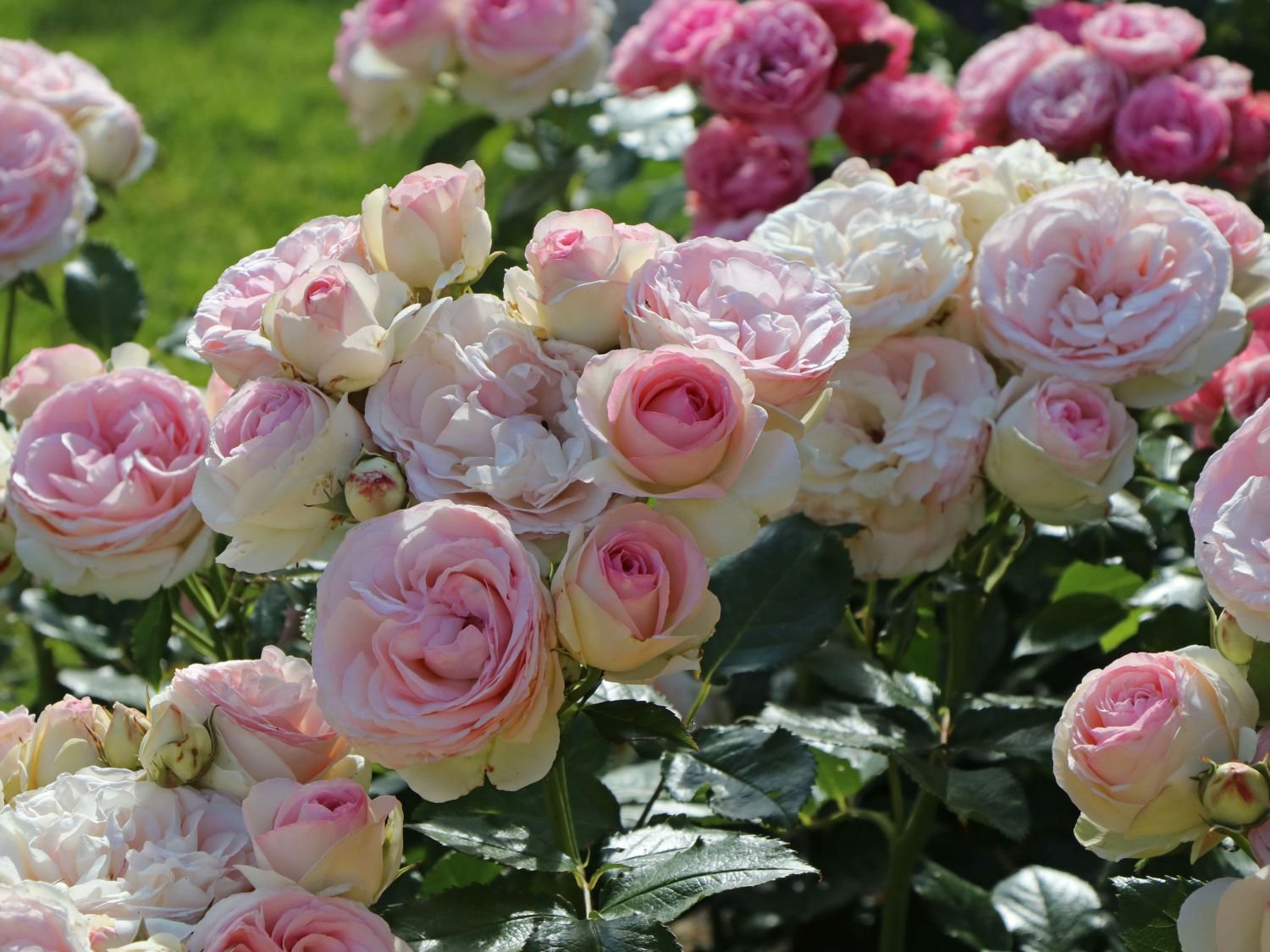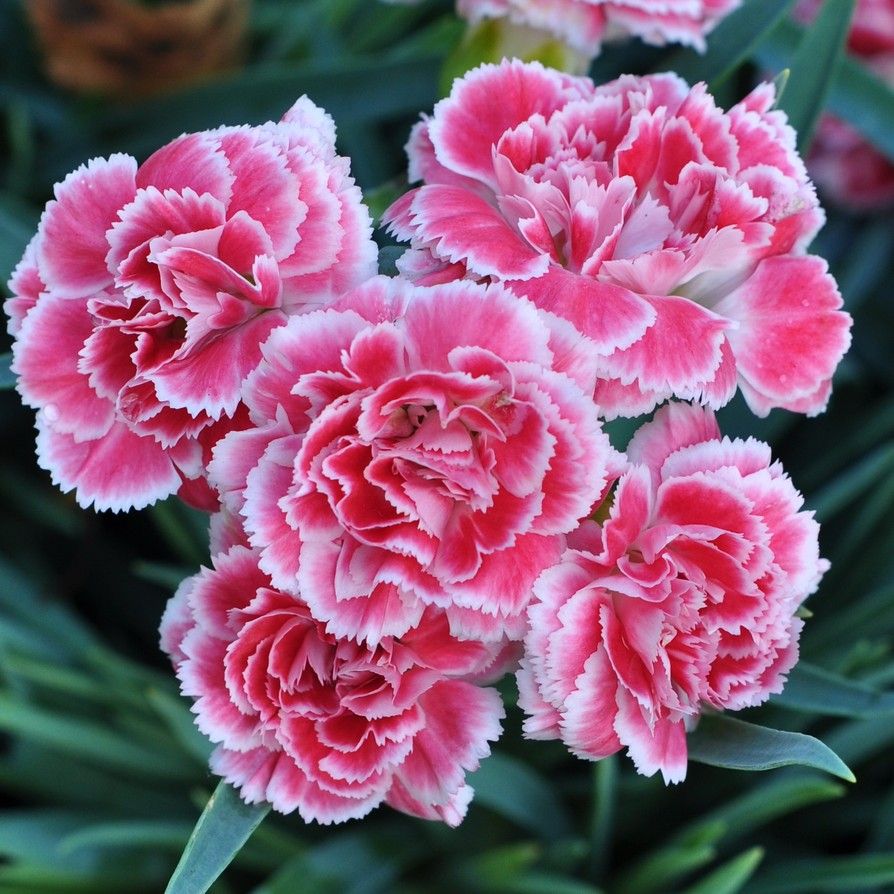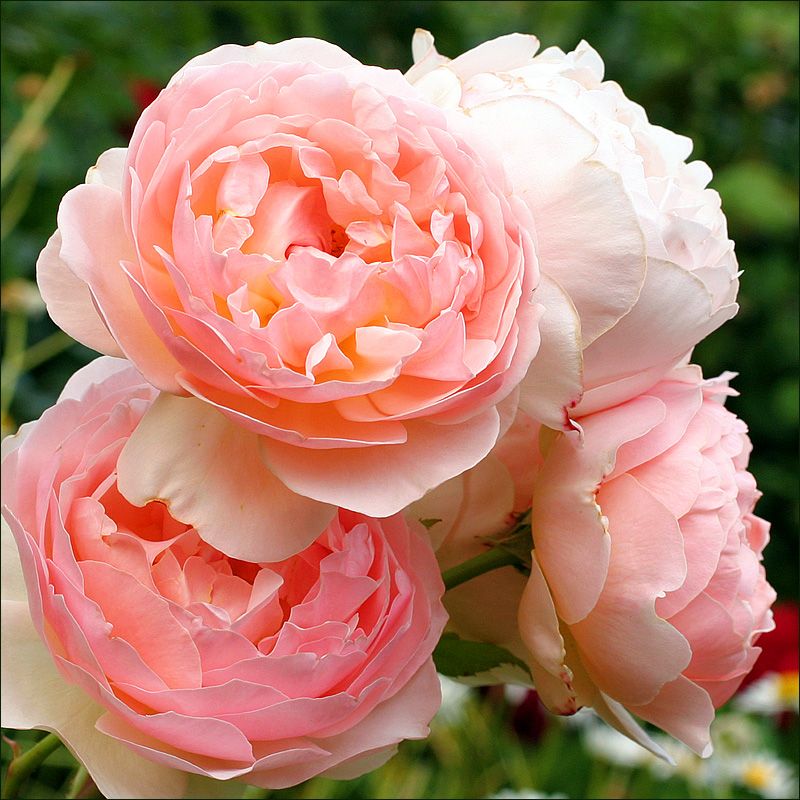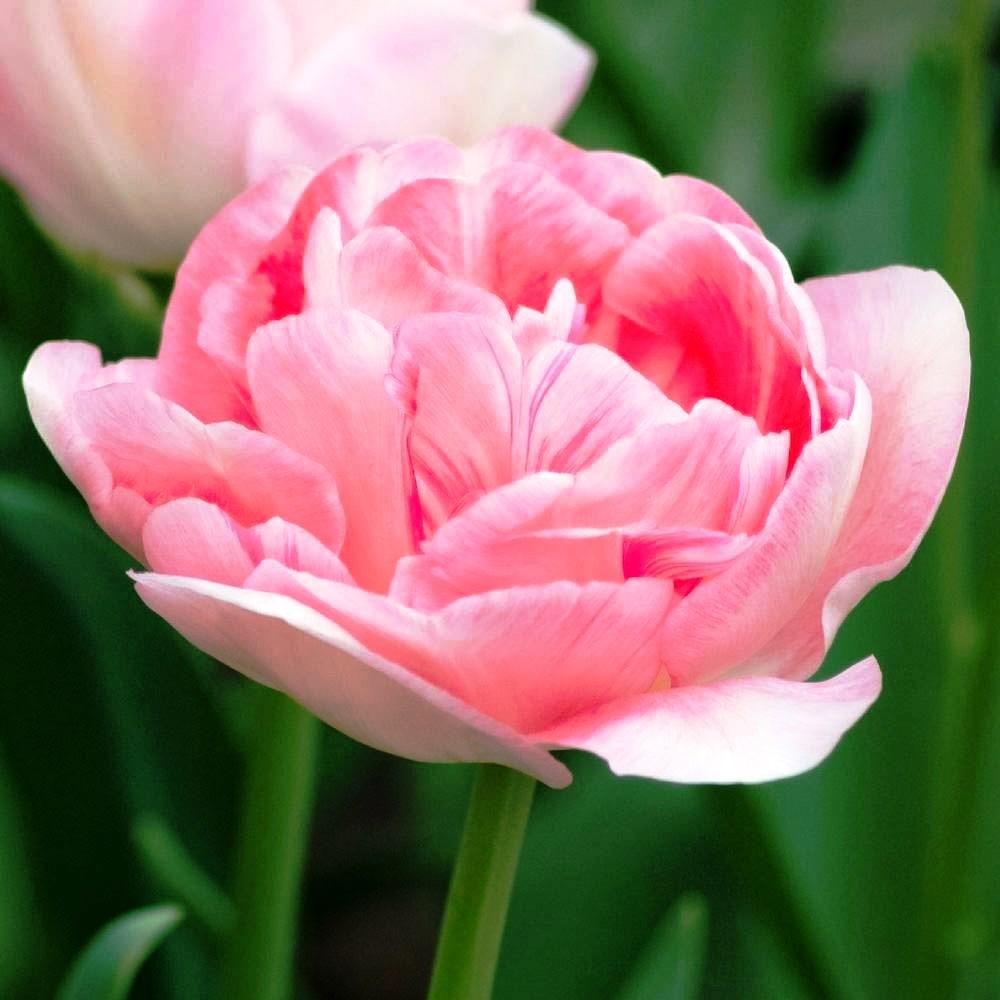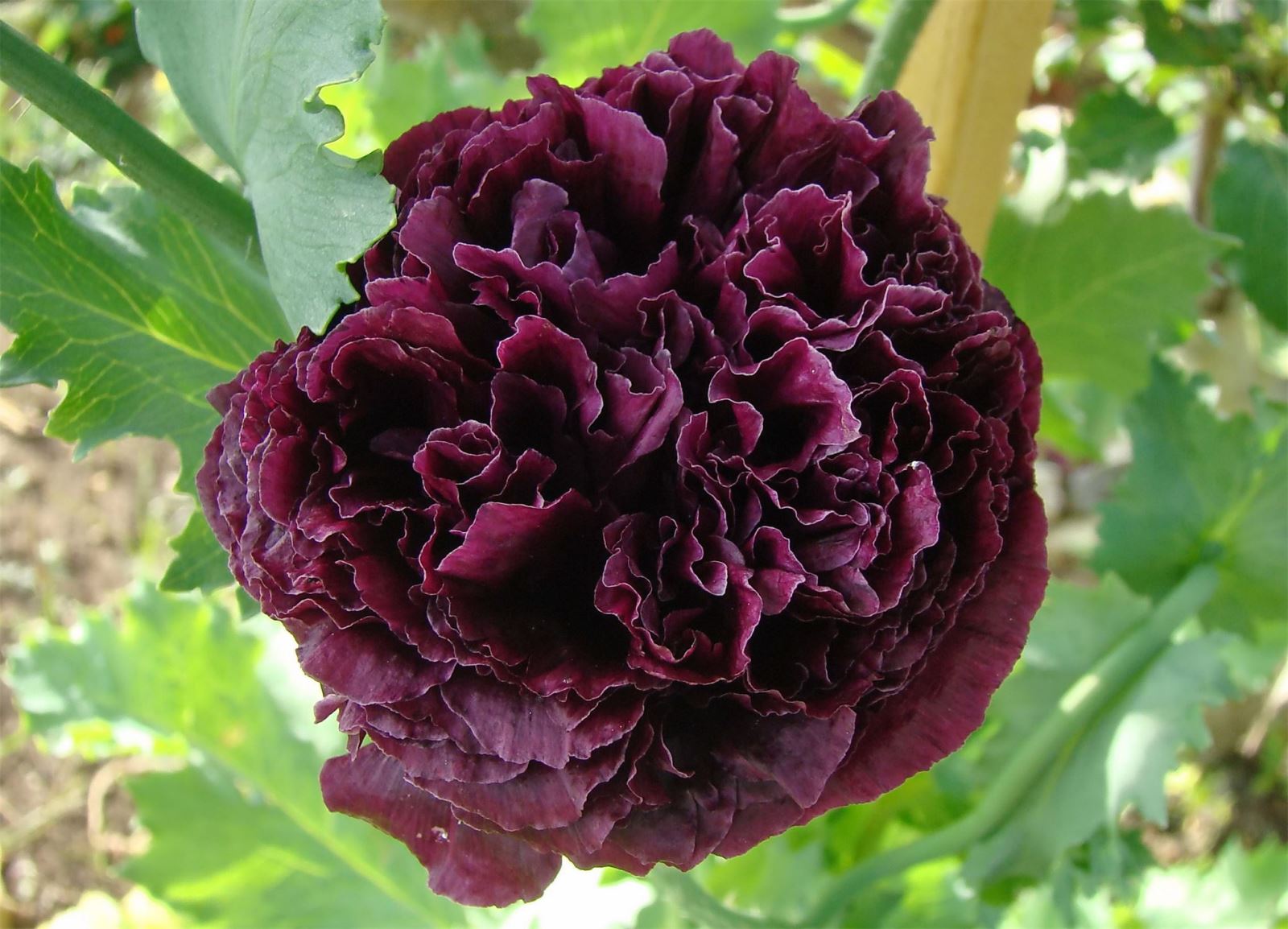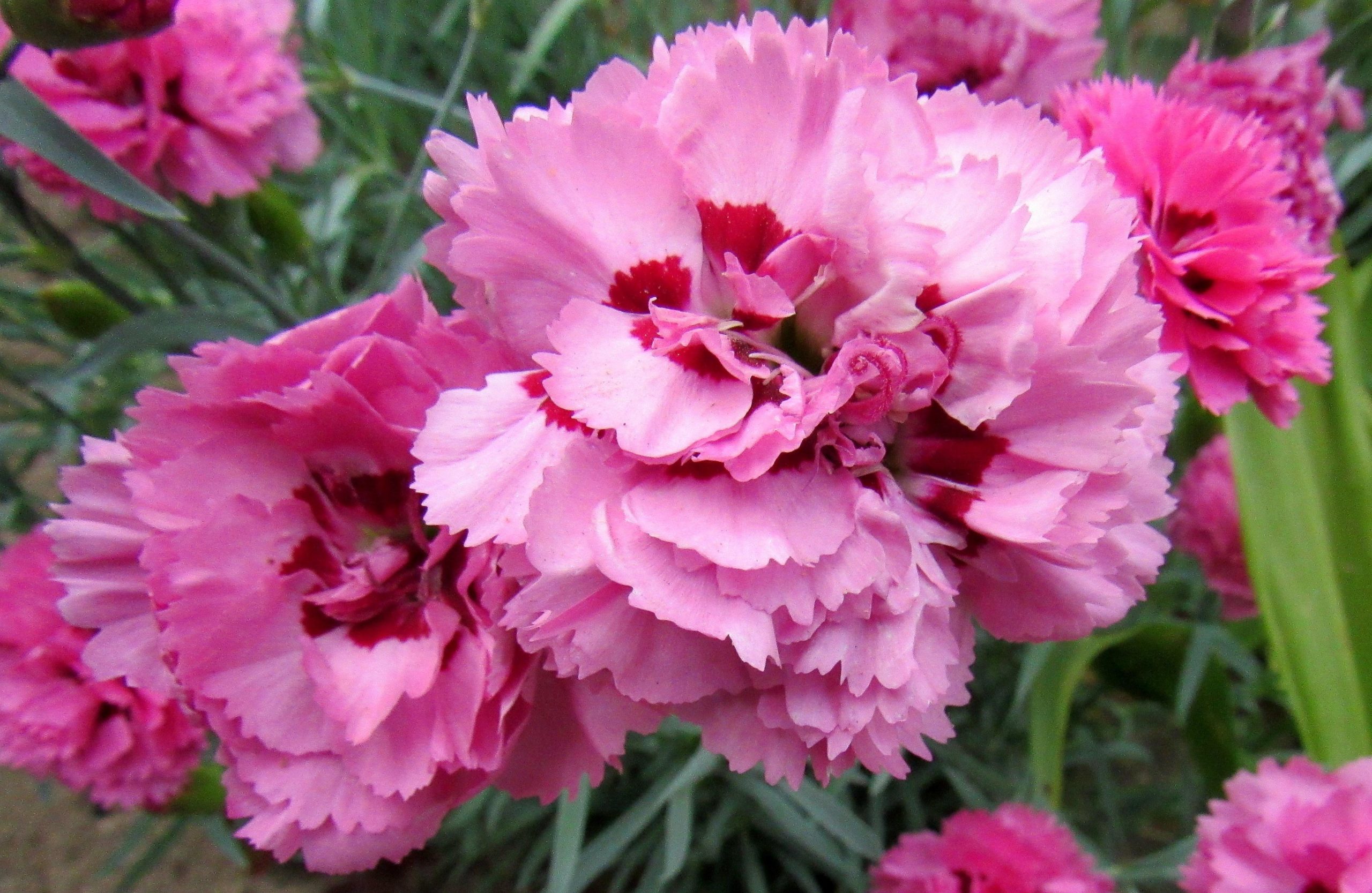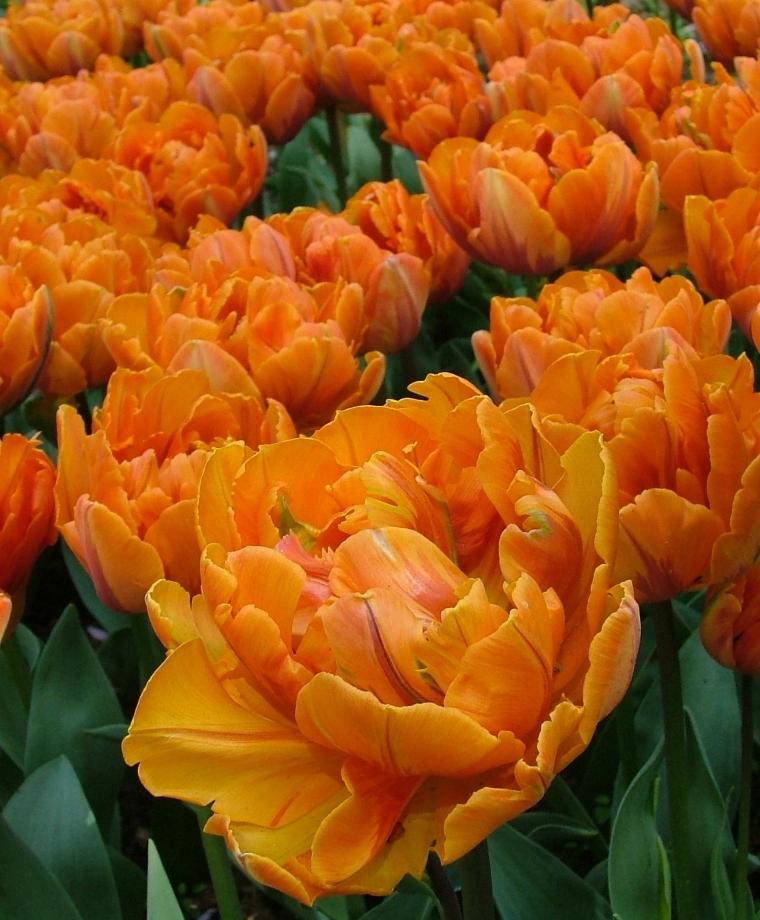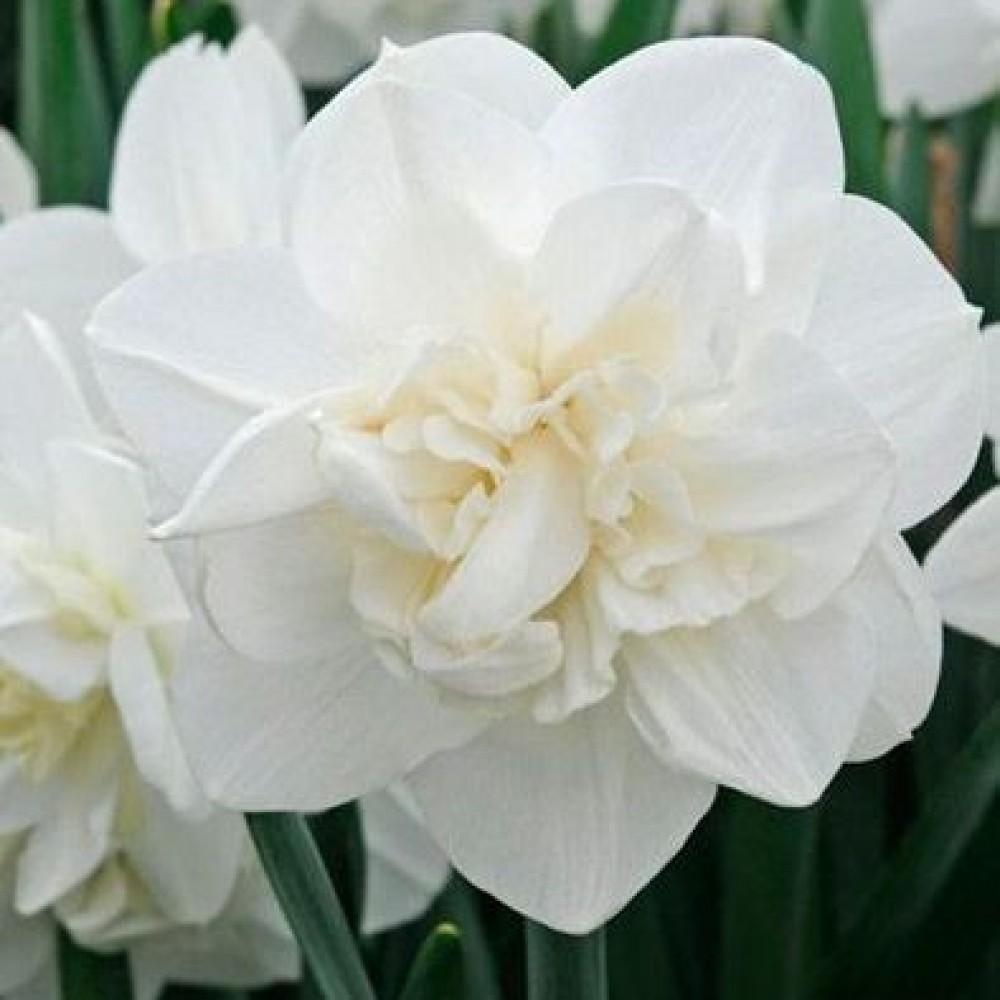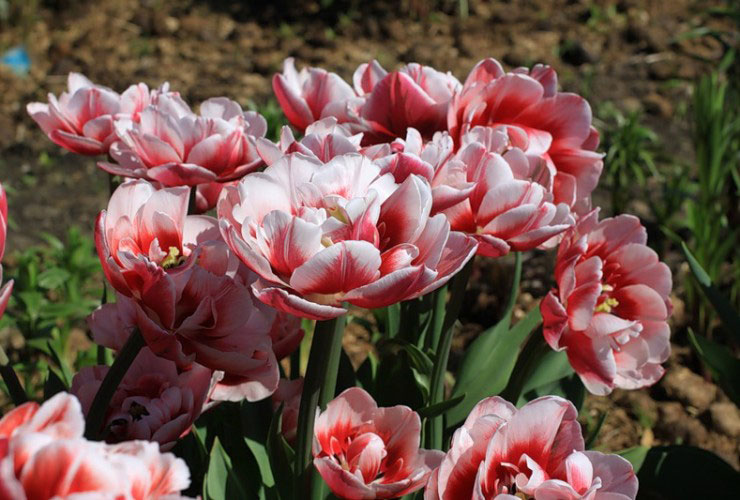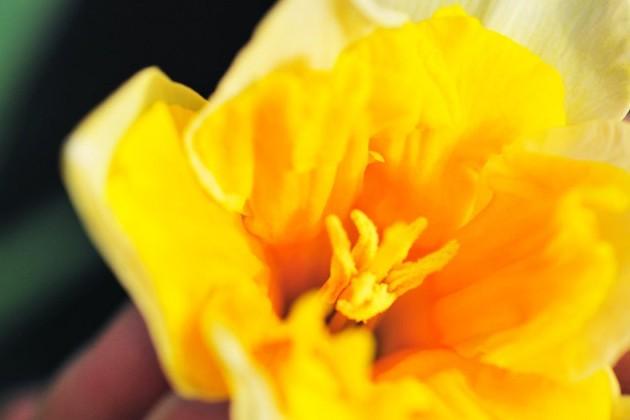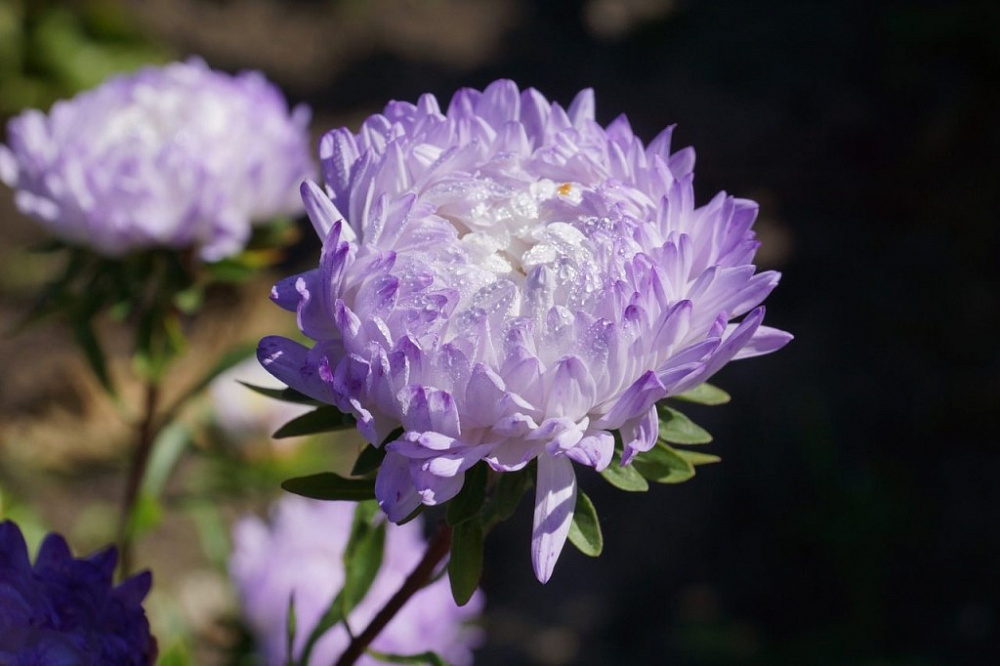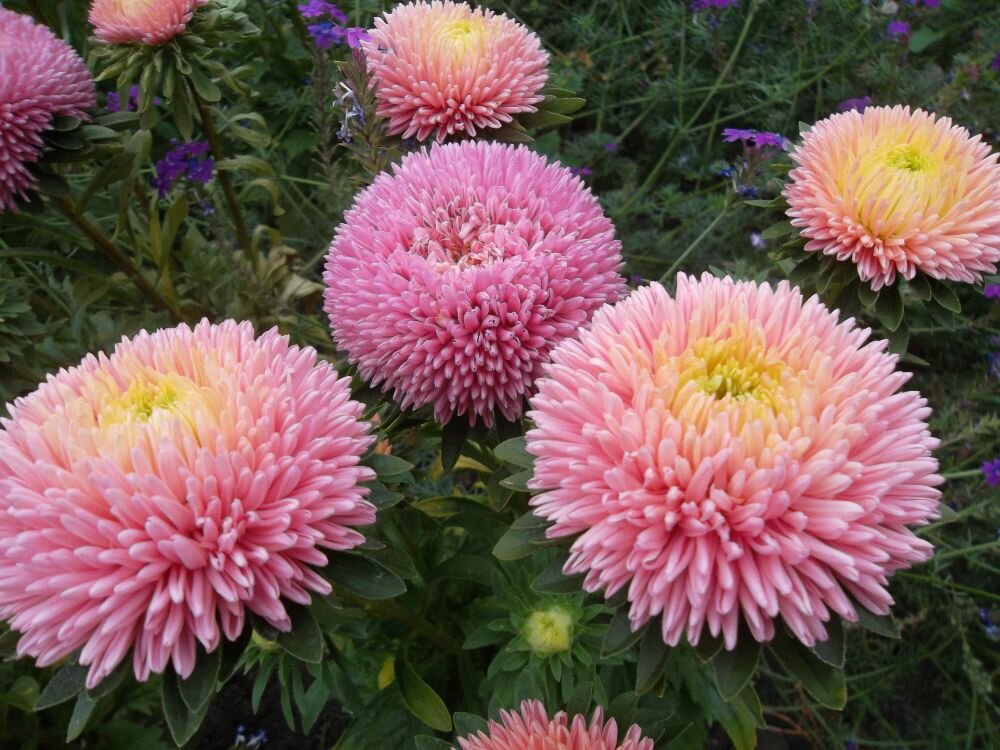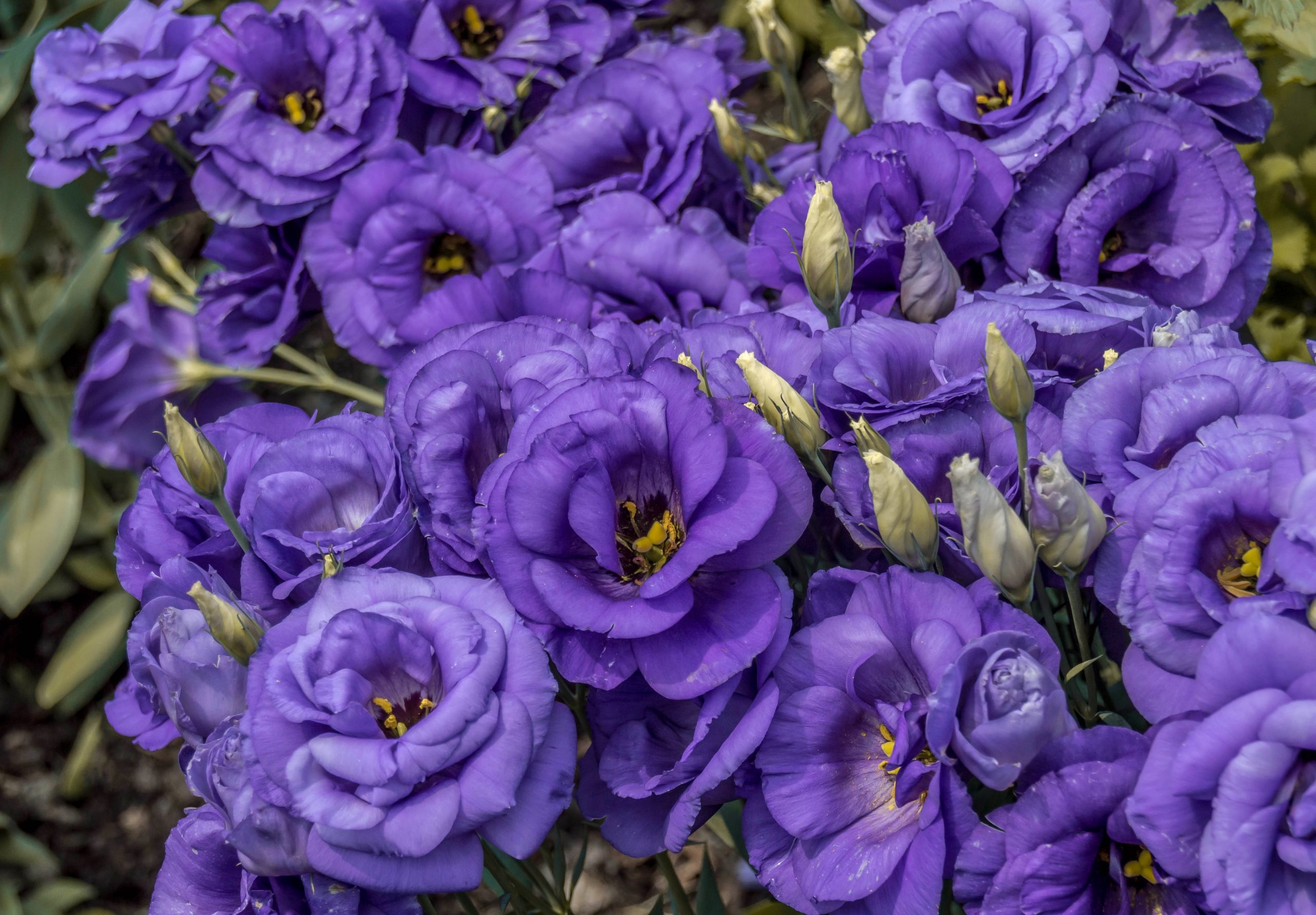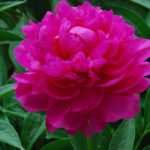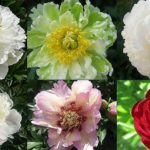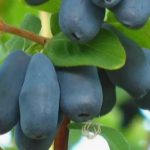Peonies are one of the most common decorative flowers grown in summer cottages. However, such plants are very demanding to care for, so not every summer resident manages to keep them in beautiful condition. Therefore, many choose alternatives and are interested in the names of flowers similar to peonies. In fact, there are many plants that have the same decorative properties.
What do peonies look like?
Peonies are herbaceous and shrubby perennials that are distinguished by a large root system and lush leaves. The main feature for which these flowers are valued is the unusual shape of the bud. It consists of large round or terry petals that bend towards the central part and reach a diameter of 15-25 centimeters.
Lush compositions of peonies began to be made several years ago. The voluminous buds literally amaze the imagination, but the flowering of these plants does not last long. As an alternative, gardeners use other crops.
Similar flowers
Today there are many flowers known that visually resemble peonies. This helps every gardener choose the appropriate option.
Peony rose
This bright and unusual flower was bred at the end of the twentieth century. This culture differs from peonies and other plants in its large number of colors and resistance to many traditional diseases and parasites.
Peony roses are characterized by an attractive appearance. However, they do not require special care or additional fertilizers. Such plants grow rapidly and form climbing shoots. They look very decorative.
Terry mallow
This is a tall perennial plant with fluffy peony-like flowers. They are distinguished by elongated petals of different shades - snow-white, yellow, pink. Mallows also come in red and purple varieties. The decorative properties of plants make them very popular. They are often planted in summer cottages and used to create various compositions.
Terry tulip
This bulbous plant is a perennial.Terry tulips are not particularly demanding on growing conditions and do not require specific care. At the same time, they resemble peonies. A distinctive feature of the plant is the structure of the bud, which resembles a wide cup in appearance.
Such varieties are the result of selection. Compared to parent specimens, double tulips are considered more susceptible to the influence of external factors and pathologies.
The similarity with peonies lies only in the shape of the flower. If we talk about the differences, they affect the duration of flowering, methods of reproduction, shades, and care rules.
Ranunculus
This flower has a spectacular appearance, which is why it is often used to decorate balconies, loggias, gazebos and terraces. The height of the bushes reaches 80 centimeters. They are characterized by powerful shoots and dissected leaf blades. The roots are tubers.
Today, flower growers grow various varieties and hybrids of ranunculus. In order for the plant to bloom beautifully, it is important to follow a number of recommendations. Flower growers note that the crop is characterized by sensitive roots, which can get burned from a number of fertilizers. A suitable option would be products containing vermicompost.
The culture does not accept transplantation well, so a place for it must be chosen immediately. For full flowering, ranunculus should be fed with potassium and limestone. For prolonged budding, experienced gardeners advise placing the container with the crop in a dark place and reducing the amount of watering. Timely pruning after flowering is completed is of no small importance.
Terry begonia
This plant is characterized by high decorative properties. It is distinguished by large, bowl-shaped flowers that bloom up to 15 centimeters.In appearance, they really look like lush multi-layered peonies.
Rose Eden Rose
This rose is distinguished by large double flowers. After blooming, they practically form a ball. In addition, the plant has a delicate and delicate aroma. Another feature of the culture is the long flowering period.
Terry carnation
Carnation is a perennial that has many varieties and hybrids. Some of them resemble peonies - in particular, terry ones. This carnation has single flowers or is grouped on one shoot with several pieces at once.
The plant is characterized by densely arranged petals, which are distinguished by a velvety structure and a small border. The flowers have a very diverse color. Some of the species differ in their medicinal characteristics.
The plant propagates by seeds and layering. For planting, you should choose sunny areas that are well lit. For planting in open soil, a special peat substrate with the addition of sand and turf is required. You should not grow cloves in one place for more than 5 years. It is important to replant it on time.
Austin Rose
This plant was bred by the English breeder David Austin. The flower can grow like an ordinary shrub. There are also hanging and climbing varieties. The culture is distinguished by round buds, reminiscent of a lush multi-layered peony. They have a shallow or deeper bowl.
In appearance, the flower is more reminiscent of a peony than a rose. However, it is characterized by a variety of colors and an intense aroma. The scent contains notes of rose, peach, citrus, spices and cloves.
Tulip Angelica
Representatives of this variety are characterized by buds that are not as voluminous as other double varieties of tulips.However, they have a beautiful white and pink color. Due to this, the buds resemble peonies.
peony poppy
This crop is also called papaver. This annual plant is considered the result of selection and strongly resembles a peony. Flower growers prefer to grow peony poppies on the sunny side of the site. Moreover, planting work is recommended to be carried out in early spring. It is important to consider that the flower has a tap root system, so it needs to be planted in deep holes.
Reproduction of peony poppy is carried out by cuttings or seed method. It requires moderate watering. To achieve the appearance of beautiful greenery and lush flowering, it is recommended to feed the crop correctly. Peony poppy is used to decorate lawns and mixborders. It is also suitable for making bouquets.
Carnation Shabo
This variety of carnations resembles peonies. This is due to the presence of thick and textured petals. Several flowers appear simultaneously on one shoot. This makes them look more voluminous.
Tulip Orange Princess
This variety of tulips is characterized by an unusual peony-shaped bud. Another distinctive feature is the orange color. This is the advantage of the plant, because peonies of this shade do not exist in nature.
Double daffodil
Despite the fact that the narcissus has a typical appearance, there are varieties similar to peonies. Terry primroses look most impressive. They feel great both in pots and flower beds.
Tulip Zizani
These plants are almost nothing like tulips. Therefore, novice flower growers consider them a completely different flower. In fact, Zizani tulips are similar to compact peonies.
Narcissus Flowerbed
Daffodils of this variety are characterized by voluminous and very expressive flowers. Their middles are a lot like peonies. Another advantage is early flowering. This means that such flowers will decorate flower beds much earlier than peonies.
Peony aster
This plant is considered the most attractive representative of its family. It reaches a height of 50 centimeters and is distinguished by spherical flowers with a diameter of 10 centimeters. The buds are painted in various shades. The plant is valued for its long flowering and disease resistance. The original appearance of the peony aster allows it to be used for making bouquets that remain fresh for 2 weeks.
Chinese aster
Chinese asters are annual crops that look very decorative. Their lush buds resemble peonies. This plant is considered unpretentious. However, it requires fairly bright lighting. Otherwise, the stems will be too thin.
Tulip Miranda
This plant is distinguished by large hemispherical buds. The culture is predominantly red in color. Tulips of this variety are often grown to make floral arrangements.
Eustoma
This flower serves as a real garden decoration. Its flowers are distinguished by delicate shades and reach a diameter of 7 centimeters. Eustoma is characterized by resistance to diseases and parasites. In addition, it is very undemanding to care. The plant is distinguished by tall stems that branch at the ends.
Camellia
This flower also resembles peonies. Camellia blooms in winter, which is why it is commonly grown as a houseplant. The culture is characterized by terry buds of different shades - scarlet, pink, red. Variegated varieties are also found.The plant has a long flowering period, which lasts up to 3 months.
Today there are many flowers that resemble peonies. Thanks to this, each gardener will be able to choose the most suitable option for growing on the site. To get lush flowering, it is important to create suitable conditions for the culture.

